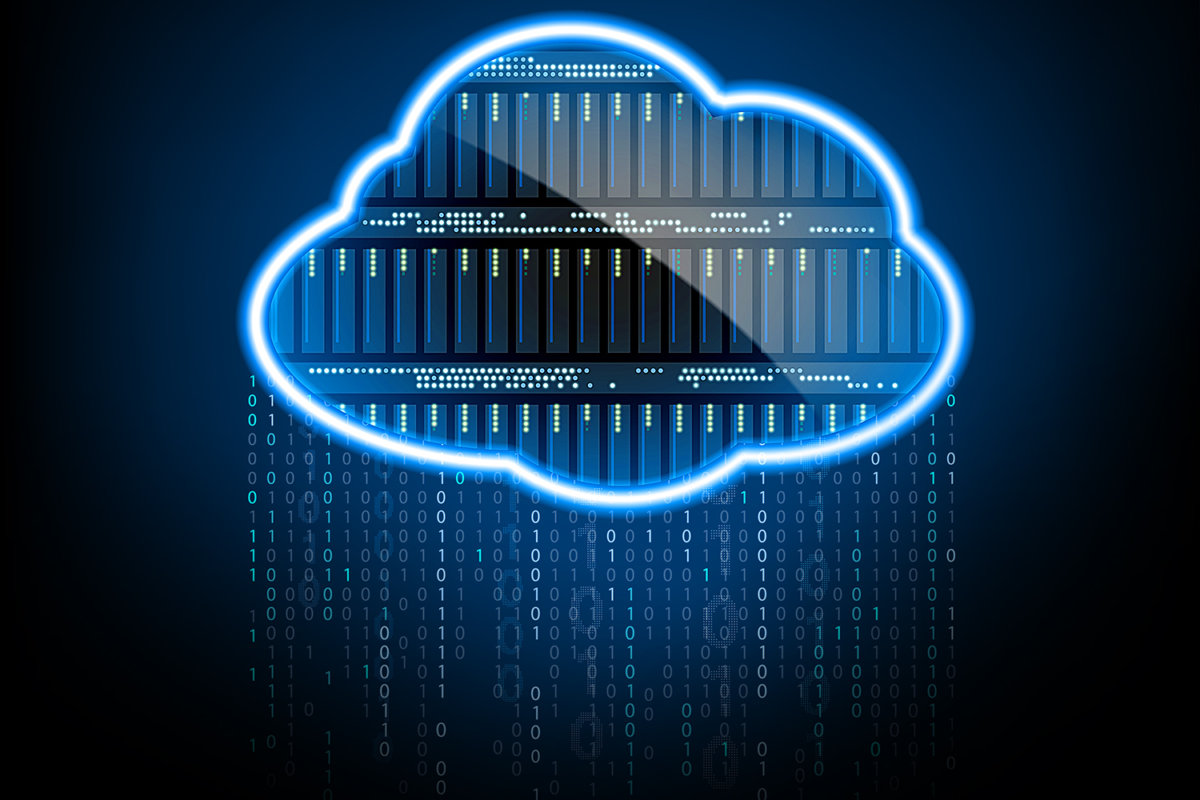Enormous Data isn’t the following huge thing. It’s the NOW huge thing.
Individuals that would contend that point are a quickly decreasing bunch. Yet, there’s a tremendous distinction between perceiving the advantages of Big Data and understanding the advantages of Big Data.
The Virtual Fence
Shockingly, heaps of organizations — especially fair size and more modest organizations — wind up outwardly glancing in. Like a child that can’t bear the cost of the cost of a pass to a ballgame, they wind up looking through the breaks of a virtual fence to perceive what they’re absent.
That virtual fence addresses the expense of taking advantage of the advantages of Big Data. It’s a fence that has kept numerous organizations out of the game.
That fence is going to descend.
The V Test
You’ve presumably heard a portion of the measurements about the surprising pace with which information is created these days:
- More information has been created in only the previous two years than taking all things together of past mankind’s set of experiences
- It’s extended that 1.7 megabytes of new information will be created each second for each individual in the world by 2020
Not the entirety of that information is valuable, obviously. Part of the test of taking advantage of Big Data includes arranging the quality goods from the debris. On the off chance that information doesn’t adjust to the accompanying five Vs, it doesn’t actually do anything for your business use case:
- Volume: Data is flooding in at remarkable rates and volumes, and it must be put away successfully. Information bases of many Terabytes and several Petabytes are presently normal.
- Speed: Data is coming in quick, requiring continuous and close time information ingestion.
- Assortment: The information is not, at this point just organized, it’s currently unstructured, semi-organized, and organized. It should be ingested and put away taking all things together structures.
- Veracity: The information ought to be precise, and requires information the board, information administration, metadata the executives, and information heredity components.
- Worth: The information ought to offer some benefit to the business use cases.
The Cloud’s Silver Lining
Specifically catching Big Data that adjusts to the five Vs, and utilizing the information to assemble a Hadoop information lake – that is the number of organizations have discovered accomplishment with Big Data.
An information lake empowers a solitary wellspring of truth. It empowers information administration and information the board. It upholds prescient examination and business insight.
Numerous organizations, however, have been not able to profit by Big Data due to the restrictive costs included. Multi-million dollar interests in equipment and programming have been needed to play in the Big Data sandbox.
Yet, that is changing, because of the cloud.
A Disruptive Technology
Just, cloud-based information ingestion is a distinct advantage. It’s problematic innovation as in it will change the state of affairs done and change the manner in which individuals work together.
Cloud-based information ingestion takes out the need to put a great many dollars in equipment and programming. All things considered, you simply utilize a cloud-based Hadoop bunch and information ingestion motor as you need it.
Regardless of whether through Amazon AWS EC2 Cloud, Microsoft Azure Cloud, utilizing a Cloudera group, or through Hortonworks, you would now be able to use a compensation for every utilization methodology for information ingestion. Information ingestion would now be able to be performed on-request, planned or occasion driven. Also, you’re possibly paying for it when you use it. Bunches would now be able to develop depending on the situation and powerfully, and afterward be closed down when not required. Furthermore, the information can be put away in the cloud and chronicled depending on the situation (i.e., EBS and S3 stockpiling).
Essentially, cloud-based information ingestion makes the advantages of Big Data accessible to practically every organization, except for a portion of the expense and as a compensation for each utilization model for the business.
Early Adoption is Costly
Early adopters of innovation regularly pay a chunk of change to play in another sandbox. Beginning phase innovation is costly; that is the manner in which it has consistently been.
Very few organizations could stand to put millions of a room-sized UNIVAC PC during the 1950s, for instance. Those that had the option to manage the cost of the progressive innovation could profit incredibly. Others basically needed to sit tight for the day when the new innovation turned out to be more reasonable.
Yet, that day consistently comes. New innovation consistently turns out to be more reasonable, while likewise getting more fit.
What’s more, on account of the appearance of cloud-based information ingestion and devices that day has now come for the period of Big Data.












